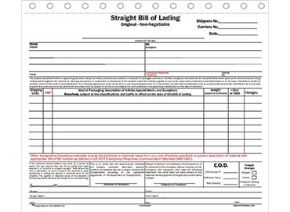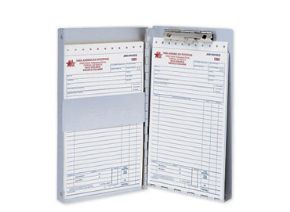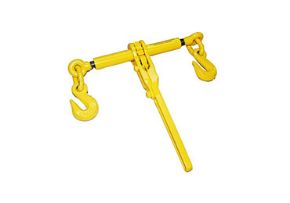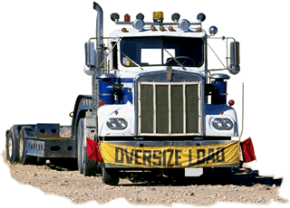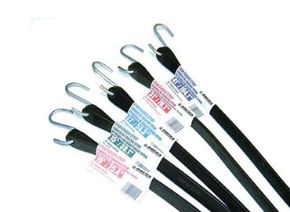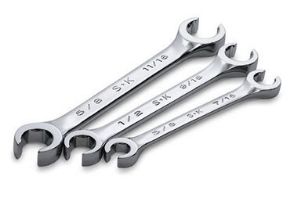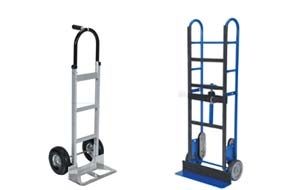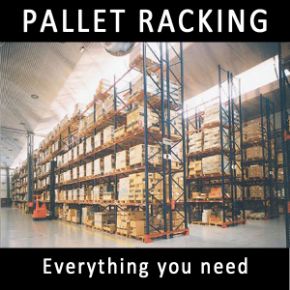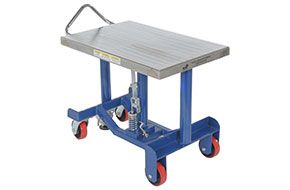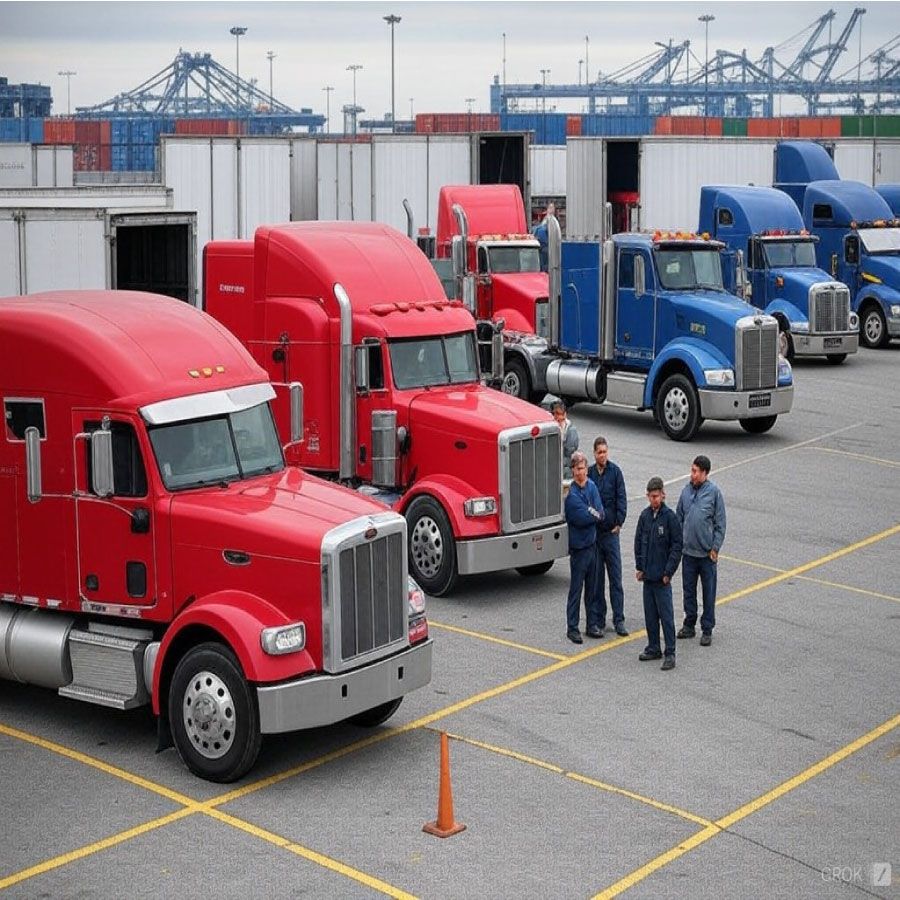
The Pain and Profit of a "Plandemic": An Industry Torn Apart
Who Was Hurt?
The global shipping and trucking industries experienced stark disparities during the COVID-19 pandemic and its aftermath. While large corporations reaped record profits, small to mid-sized players were driven into bankruptcy.
Small Trucking Companies and Independent Drivers
From 2020 to 2024, nearly 88,000 trucking companies and 8,000 freight brokers shut down operations. High operational costs, low spot-market rates, and imbalanced freight flows forced many small carriers into insolvency. Drivers faced deadheading—returning to ports without freight—and unpaid waiting times at congested ports. (Source)
Farmers and Exporters Left in the Cold
U.S. exporters, particularly in agriculture, were sidelined as shipping companies prioritized returning empty containers to Asia to capitalize on surging import demand. This decision left billions of dollars’ worth of exports stranded. For instance, California farmers reported over $1.3 billion in losses as crops rotted on docks. (Source)
Deadheading and Empty Containers
Shipping companies routinely sent empty containers back to Asia rather than filling them with U.S. exports. They prioritized speed over efficiency, maximizing profits from high-paying import cycles. This practice disrupted trade flows and drove up operational costs for trucking companies forced to deadhead back to ports. (Source)
Port Closures Fueled by Pandemic Fear-Mongering
Both Chinese and Californian ports faced repeated shutdowns during the pandemic, ostensibly for safety concerns but heavily criticized as overreactions driven by fear-mongering. These closures caused massive bottlenecks in global supply chains. Cargo piled up as ships were stranded offshore, waiting for ports to reopen. This further compounded delays and increased costs for both shipping and trucking industries. (Source)
Who Profited?
Shipping Giants
The container shipping industry thrived during this chaotic period. Companies like Maersk, CMA CGM, Hapag-Lloyd, Evergreen Marine, and MSC capitalized on the crisis. Together, these five giants reaped record-breaking profits:
- Maersk: $31.4 billion in profit for 2021 alone, with $8.6 billion in Q2 2022. (Source)
- CMA CGM: $17.9 billion in profit for 2021, benefiting from unprecedented freight rates. (Source)
- Hapag-Lloyd: $10.9 billion net profit in 2021, doubling their prior year’s earnings. (Source)
- Evergreen Marine: $9.5 billion net profit in 2021, bolstered by high Asia-to-US freight rates. Despite the shocking incident of the Ever Given blocking the Suez Canal for six days, Evergreen Marine emerged with record profits, showcasing the industry's resilience. (Source)
- MSC: As a private company, exact figures are not public, but industry estimates suggest profits in excess of $10 billion annually during the peak period. (Source)
These profits were driven by skyrocketing freight rates, port congestion, and a lack of competition, which allowed carriers to dominate global trade.
Large Trucking Companies
Big trucking firms like UPS and C.H. Robinson leveraged their scale to thrive. UPS secured a $2 billion annual government contract, while C.H. Robinson reported revenues exceeding $4.5 billion in Q2 2024, benefiting from their ability to adapt to market volatility. (Source)
Regulatory Actions
The Federal Maritime Commission (FMC) took enforcement actions against carriers for unfair practices. Companies like Hapag-Lloyd faced penalties for unreasonable detention fees. However, these measures did little to address systemic issues, leaving small exporters and truckers at the mercy of global shipping giants. (Source)
The Stark Divide
The pandemic and its aftermath exposed deep inequalities in the shipping and trucking industries. While small players crumbled under inefficiencies and rising costs, corporate giants consolidated wealth and power on an unprecedented scale. The top five shipping companies alone earned over $70 billion in profits during 2021, solidifying their dominance and reshaping the global trade landscape.

